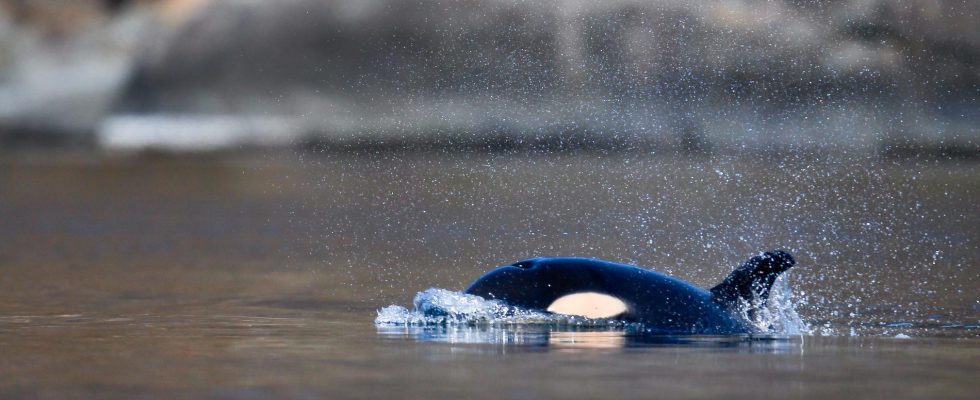Published: Just now
The five-meter-long orca that was found dead in Hunnebostrand on Thursday is now being examined to find out more about how it lived and why it died.
– It is unique that we have the opportunity to get such fresh samples, says Linnea Cervin at the National Museum of Natural History.
It was on Thursday morning that the police were contacted by a passing private person who found the dead killer whale in Hunnebostrand. It had gotten stuck in a jetty in a marina.
– Right now there are colleagues from the Norwegian Veterinary Institute, SVA, on site and cutting into it to take as many samples as possible, says Linnea Cervin at the National Museum of Natural History.
The museum, together with SVA, has a mission from the Norwegian Sea and Water Authority to monitor marine mammals and their health.
Linnea Cervin says that through analyzes of, among other things, blood, muscle fat, they hope to find out more about the animal’s age, genetics and how it has been affected by the environment, in addition to the cause of death.
If logistics allow, the National Museum of Natural History will transport up the killer whale skull to preserve the bones.
– It will be the largest orca skull we have had in 60 years. But the skull weighs between half and a ton, so it can be a bit tricky to get it up, says Linnea Cervin.
Orcas, which are the largest species in the dolphin family, can usually be observed on the west coast during the summer months, but rarely as early as May.
